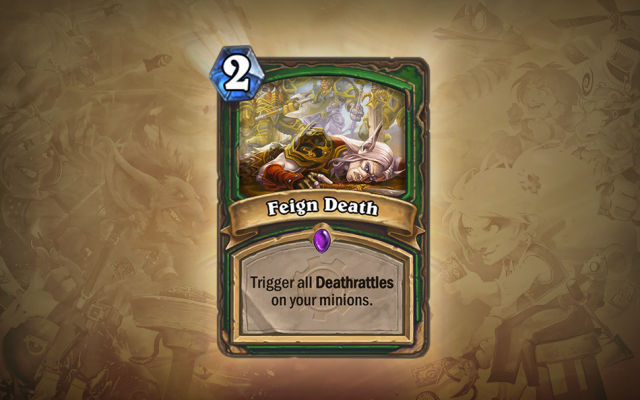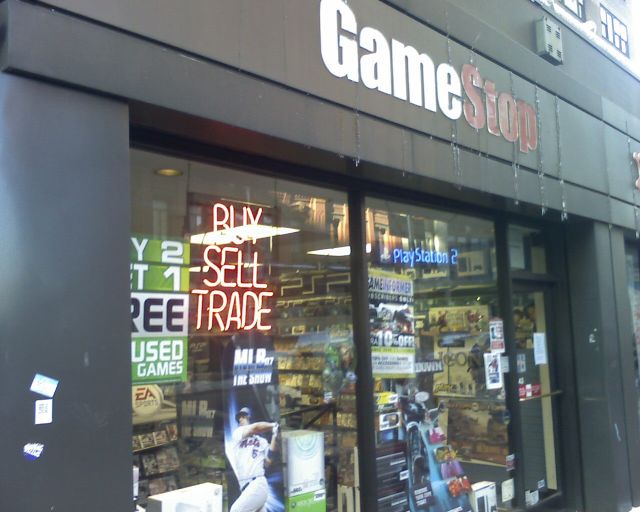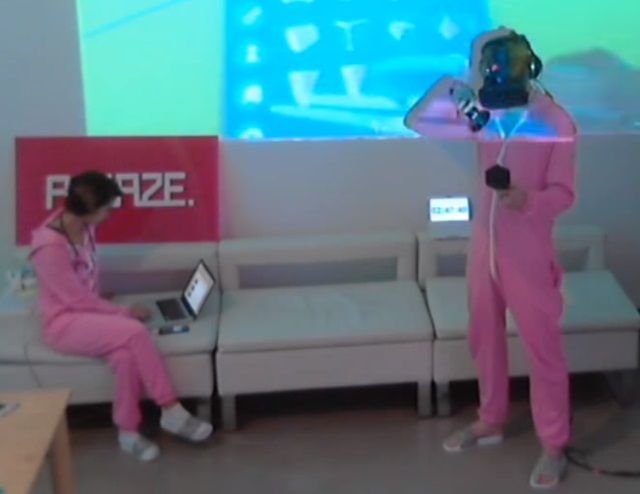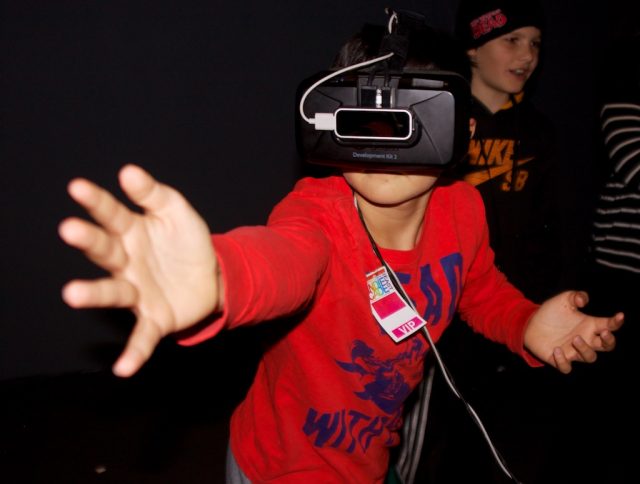
You see, because Blizzard is "killing" off cards when it doesn't need to. Eh? Oh, forget it...
One of the nice things about purely digital collectible card games like Hearthstone is that cards never have to go out of print. Sure, different cards are rarer than others by design—some significantly so. But unlike cardboard collectible cards—which are costly and logistically difficult to produce at scale indefinitely—there's no technical reason Blizzard can't keep producing digital copies of the entire set of Hearthstone cards for purchase by new players just getting into the game.
That state of affairs is set to change soon. With the introduction of a set of new formats today, Blizzard isn't only shaking up how Hearthstone is played but also how it's sold. The changes highlight how a form of time-limited scarcity is becoming more common even in the functionally limitless store shelves of online games.
New Formats?
The details of Hearthstone's new Standard format are laid out in great detail over on the Battle.net blog, but in short, Blizzard is splitting the game into two separate modes. The "Wild" format will let players use all existing Hearthstone cards as normal, while "Standard" play will let players only use cards from sets released in the last year or two. Players are free to play either or both formats, but Standard will be the only format sanctioned in Blizzard-sponsored tournaments, which should have a strong effect on the competitive scene.







